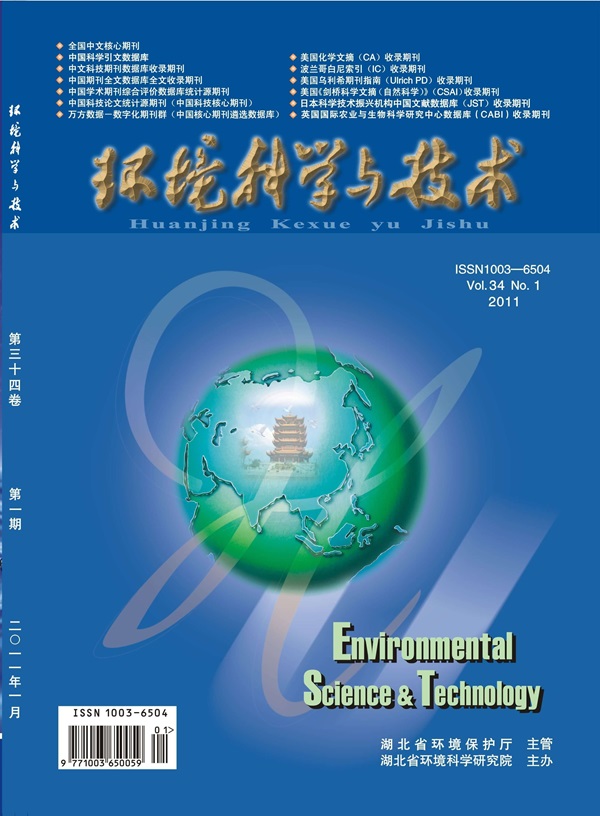Satellite Remote Sensing-Implemented Nontargeted Screening of Emerging Contaminant Fingerprints in a River-to-Ocean Continuum through Interpretable Machine Learning: The Pivotal Intermediary Role of Dissolved Organic Matter
IF 10.8
1区 环境科学与生态学
Q1 ENGINEERING, ENVIRONMENTAL
引用次数: 0
Abstract
Emerging contaminants (ECs) can exert irreversible health impacts on humans, even at trace concentrations. Currently, nontargeted screening of ECs has been developed for their assessment, which requires sophisticated instrumentation. Although satellite remote sensing is a cost-effective technology for water quality assessment, accurately measuring ECs in a river-to-ocean continuum remains a significant challenge due to their trace levels. To address this challenge, we innovate a strategy utilizing satellite remote sensing to achieve high-resolution nontargeted EC screening. By employing DOM as an intermediary variable, bridging the gap between satellite remote sensing and ECs in river-to-ocean continua. DOM, including the total sum of ECs, reflects their distribution and spectral sensitivity, enabling satellite sensing to capture their unique fingerprints. In this study, this strategy has enhanced the accuracy of nontargeted EC screening from 32.2 to 95.7% using machine learning. Interpretable machine learning causal inference and SHAP models reveal that shortwave infrared (SWIR) S2-B11 is crucial for EC screening while emphasizing the importance of avoiding multicollinearity with similar SWIR band S2-B12. Additionally, the band reflectance is influenced by the proportion of polarity-related heterogeneity in the ECs. Furthermore, we developed a real-time remote sensing surveillance system featuring interactive maps for nontargeted screening of ECs and GPT-based contamination interpretation.

求助全文
约1分钟内获得全文
求助全文
来源期刊

环境科学与技术
环境科学-工程:环境
CiteScore
17.50
自引率
9.60%
发文量
12359
审稿时长
2.8 months
期刊介绍:
Environmental Science & Technology (ES&T) is a co-sponsored academic and technical magazine by the Hubei Provincial Environmental Protection Bureau and the Hubei Provincial Academy of Environmental Sciences.
Environmental Science & Technology (ES&T) holds the status of Chinese core journals, scientific papers source journals of China, Chinese Science Citation Database source journals, and Chinese Academic Journal Comprehensive Evaluation Database source journals. This publication focuses on the academic field of environmental protection, featuring articles related to environmental protection and technical advancements.
 求助内容:
求助内容: 应助结果提醒方式:
应助结果提醒方式:


